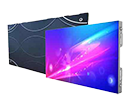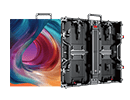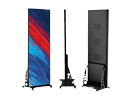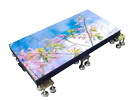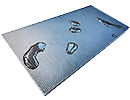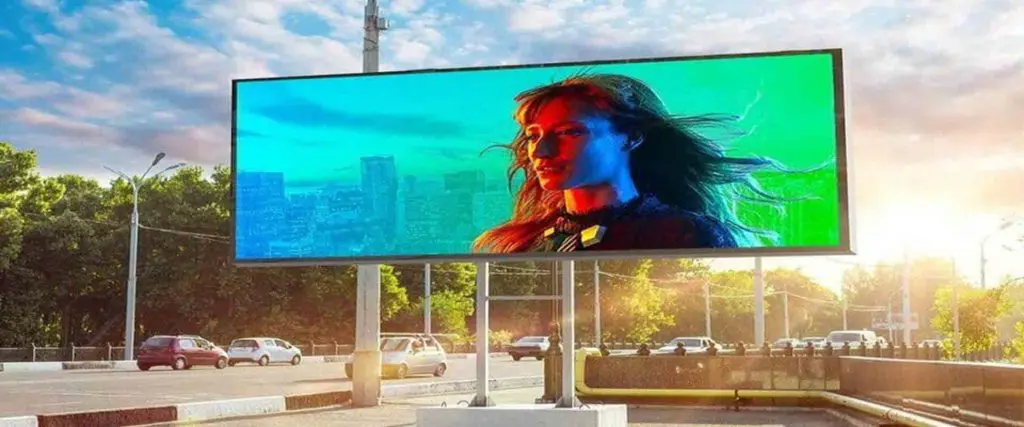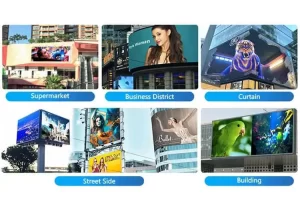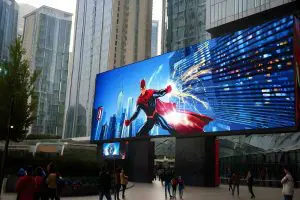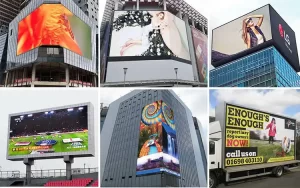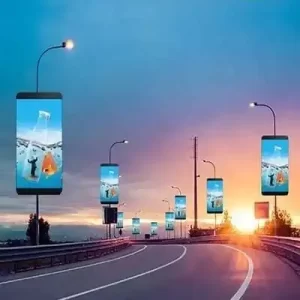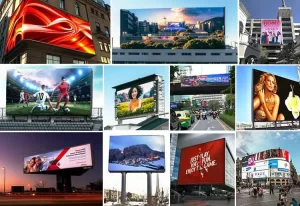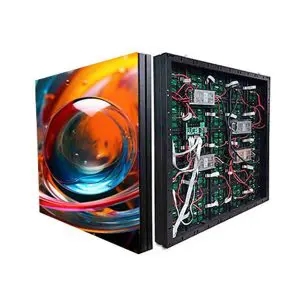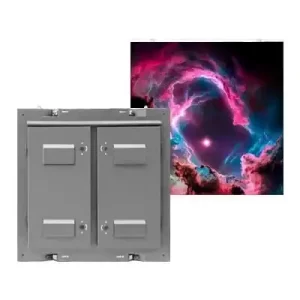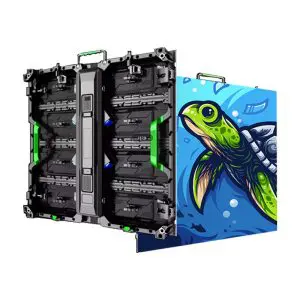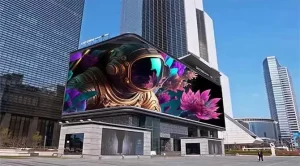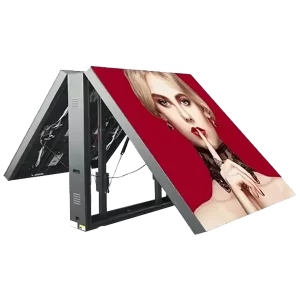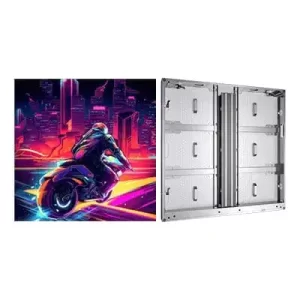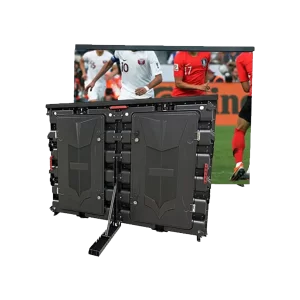Choosing the Right Outdoor LED Screen for Different Environments: Ultimate Guide with Tips, Features, Costs, and Recommendations
Choosing the right outdoor LED screen for different environments is essential to ensure optimal performance, durability, and visibility in varying conditions like sunlight, rain, wind, or urban pollution. Outdoor LED screens are digital displays designed for external use, offering high brightness and weather resistance, but the wrong choice can lead to poor visibility or early failure. With the global outdoor LED market projected to reach $15 billion by 2028, growing at a CAGR of 8.5% (source: MarketsandMarkets), understanding how to choose the right outdoor LED screen for different environments helps businesses avoid costly mistakes and maximize ROI.
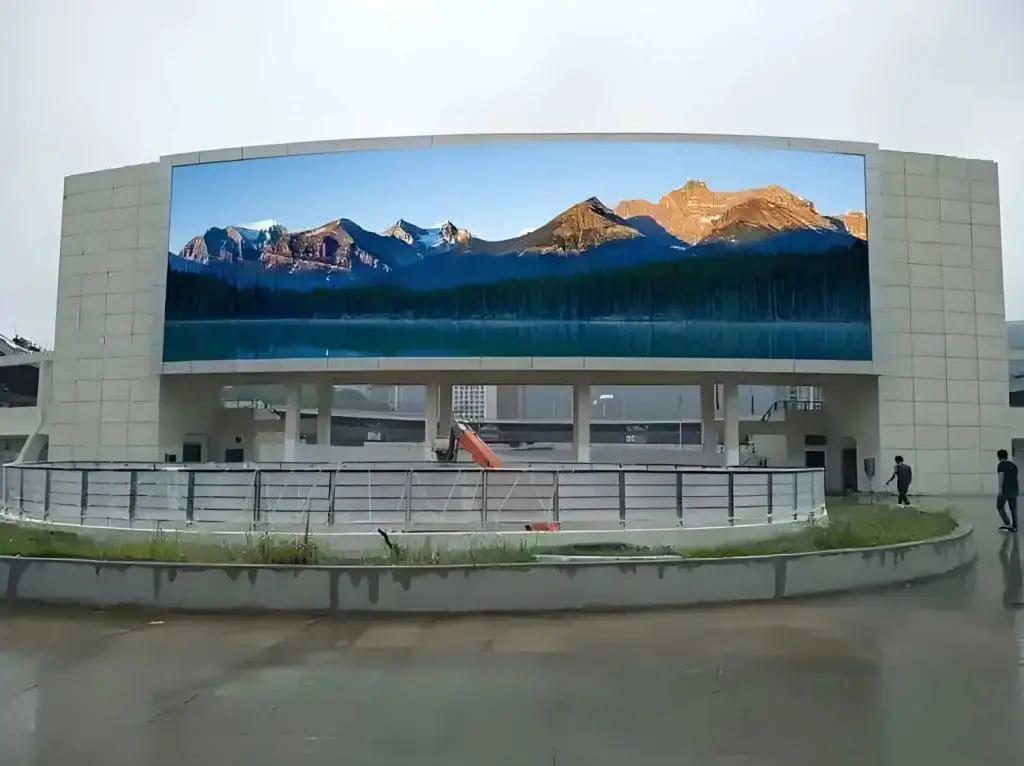
Why Choosing the Right Outdoor LED Screen for Different Environments Matters
Outdoor LED screens face unique challenges like intense sunlight, heavy rain, high winds, dust, or pollution, which can affect visibility, durability, and lifespan. Choosing the right outdoor LED screen for different environments ensures the display matches these conditions, providing clear visuals and long-term value. For example, a screen suited for sunny deserts would fail in humid coastal areas without proper protection. Poor choices lead to 25% higher failure rates (Statista), while the right selection enhances engagement by 35%.
Key considerations include brightness for light, IP rating for weather, and materials for pollution. This guide breaks it down by environment.
Step-by-Step Guide to Choosing the Right Outdoor LED Screen for Different Environments
1. Sunny or High-Light Environments (e.g., Deserts, Beaches, Open Fields)
- Why It’s Challenging: Intense sunlight causes glare and washout.
- Recommended Features: High brightness (7,000–10,000 nits), anti-glare coatings, auto-dimming sensors.
- Best Type: Fixed outdoor LED with fine pixel pitch (P4–P6) for clarity.
- Tips: Choose models with high contrast ratios (>5,000:1) to maintain color in bright light.
- Example: Coachella Festival in the desert uses 8,000-nit screens for daytime visibility.
2. Rainy or Humid Environments (e.g., Tropical Areas, Coastal Regions)
- Why It’s Challenging: Moisture causes corrosion and electrical issues.
- Recommended Features: IP67+ waterproofing, sealed cabinets, anti-corrosion materials.
- Best Type: Outdoor modular LED with robust frames.
- Tips: Opt for marine-grade coatings; ensure good ventilation to prevent condensation.
- Example: Singapore’s outdoor events use IP68 screens to withstand monsoons.
3. Windy or Dusty Environments (e.g., Plains, Construction Sites, Deserts)
- Why It’s Challenging: Dust clogs vents; wind stresses structures.
- Recommended Features: Dust-proof filters, wind-resistant mounts (up to 150 km/h), vibration dampers.
- Best Type: Reinforced fixed LED with heavy-duty aluminum frames.
- Tips: Select screens with self-cleaning mechanisms or easy-access panels for maintenance.
- Example: Burning Man in dusty deserts uses filtered screens for reliability.
4. Urban or Polluted Environments (e.g., Cities, Industrial Areas)
- Why It’s Challenging: Pollution causes buildup; high traffic leads to vibrations.
- Recommended Features: Anti-pollution coatings, shock-absorbent designs, easy-clean surfaces.
- Best Type: High-brightness urban LED with modular panels.
- Tips: Choose UV-resistant materials to prevent fading from smog.
- Example: Times Square billboards withstand pollution with specialized coatings.
5. Cold or Extreme Temperature Environments (e.g., Mountains, Winter Events)
- Why It’s Challenging: Low temperatures affect electronics; frost can damage.
- Recommended Features: Wide temperature range (-40°C to 70°C), heating elements.
- Best Type: Outdoor LED with insulated cabinets.
- Tips: Look for auto-heating to prevent condensation.
- Example: Winter Olympics use them in freezing conditions.
6. High-Traffic or Public Environments (e.g., Parks, Squares)
- Why It’s Challenging: Vandalism and constant use.
- Recommended Features: Impact-resistant glass, anti-vandal coatings.
- Best Type: Public outdoor LED with secure mounting.
- Tips: Include remote monitoring for quick repairs.
- Example: Central Park info boards.
7. Mobile or Temporary Environments (e.g., Tours, Pop-Ups)
- Why It’s Challenging: Frequent transport and setup.
- Recommended Features: Portable, lightweight designs with quick-locks.
- Best Type: Rental outdoor LED.
- Tips: Choose foldable or modular for ease.
- Example: Touring concerts.
Expert Tip: When choosing the right outdoor LED screen for different environments, always conduct a site survey to match specs like IP rating and brightness to specific conditions.
Case Study: The Rio Carnival in Brazil uses screens tailored to humid, sunny weather, ensuring vibrant displays for 2 million attendees without failures.
Key Features to Consider When Choosing Outdoor LED Screens for Different Environments
- Brightness: 5,000+ nits for sunny areas.
- IP Rating: IP65+ for wet environments.
- Pixel Pitch: P3–P10 based on viewing distance.
- Durability Materials: Aluminum for wind/pollution.
- Energy Efficiency: Low W/m² for long use.
Benefits of Choosing the Right Outdoor LED Screen for Your Environment
- Optimal Visibility: Matches light conditions.
- Durability: Reduces failures 40%.
- Cost Savings: Lower maintenance.
- Engagement: 35% higher.
- ROI: Faster returns.
Technical Specifications for Different Environments
| Environment | Recommended Brightness (Nits) | IP Rating | Pixel Pitch | Estimated Cost per m² (USD) |
|---|---|---|---|---|
| Sunny/High-Light | 7,000–10,000 | IP65 | P4–P6 | $1,200–$2,500 |
| Rainy/Humid | 5,000–8,000 | IP67+ | P5–P8 | $1,000–$2,000 |
| Windy/Dusty | 6,000–9,000 | IP65+ with filters | P4–P10 | $1,100–$2,200 |
| Urban/Polluted | 5,000–8,000 | IP65 with coatings | P3–P6 | $1,000–$2,000 |
| Cold/Extreme Temp | 4,000–7,000 | IP65 with heating | P5–P8 | $1,200–$2,300 |
| High-Traffic/Public | 5,000–8,000 | IP65+ anti-vandal | P4–P7 | $1,300–$2,400 |
| Mobile/Temporary | 5,000–7,000 | IP65 portable | P3–P6 | $100–$300 (rental per day) |
Costs of Outdoor LED Screens by Environment
Costs range $900–$3,000 per m²; factor environment for add-ons like coatings (+10-20%).
Buying Tips for Outdoor LED Screens in Different Environments
- Environment Match: Sunny = high nits.
- Test Durability: For weather.
- Budget Extras: Coatings for pollution.
- Warranty: 3+ years.
Installation and Maintenance Guide
- Assessment: For environment.
- Mounting: Secure for wind.
- Testing: In conditions.
- Maintenance: Environment-specific cleaning.
Costs: $5,000–$20,000 for install.
Future Trends in Outdoor LED Screens for Different Environments
- Adaptive tech for auto-adjust.
- Eco-materials for sustainability.
- AI for environment monitoring.
FAQ: Common Questions on Choosing the Right Outdoor LED Screen for Different Environments
- What is the best outdoor LED screen for sunny environments? High-nits models (7,000+).
- How to choose the right outdoor LED screen for rainy environments? IP67+ with seals.
- What factors to consider when choosing outdoor LED screens for urban environments? Anti-pollution and durability.

